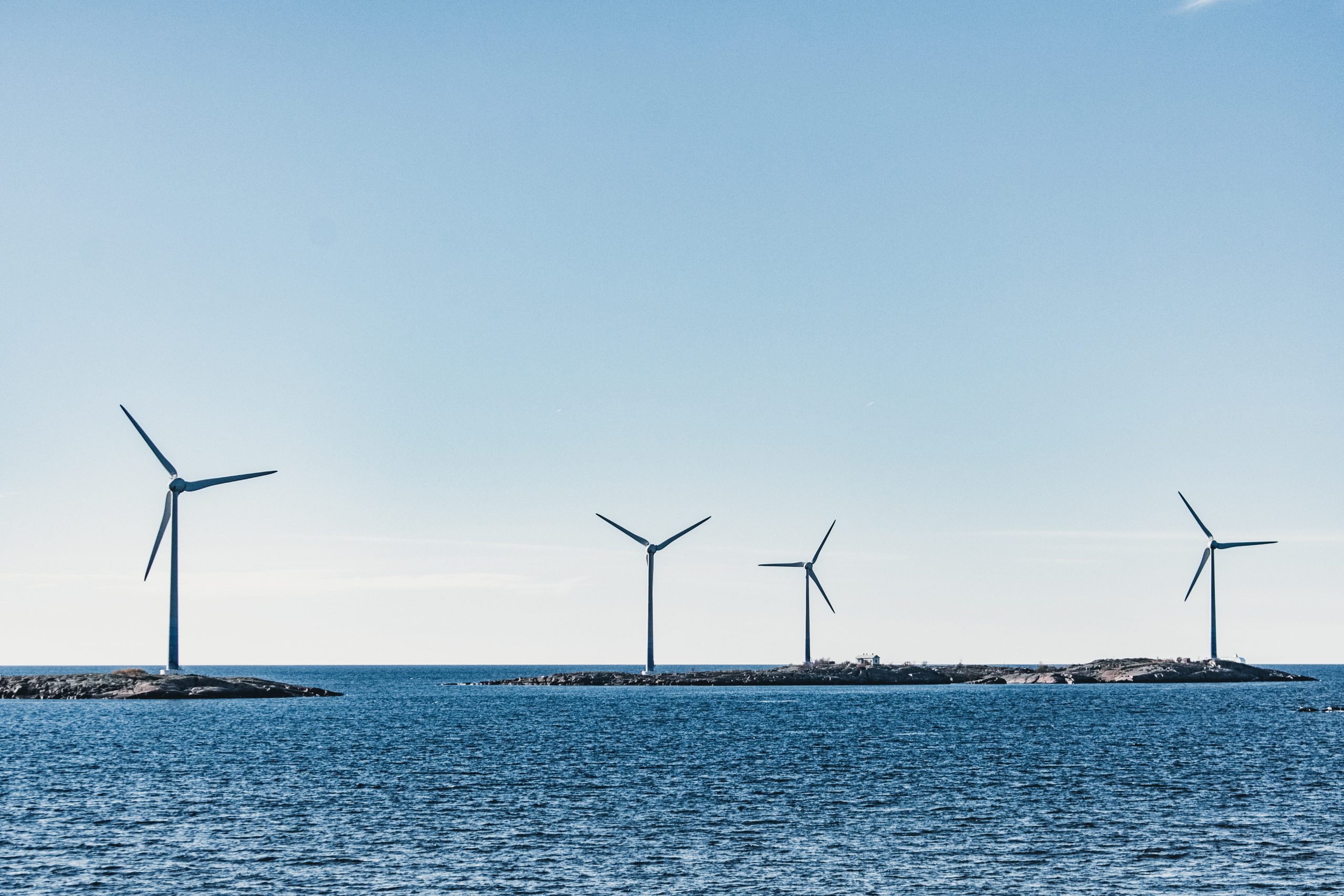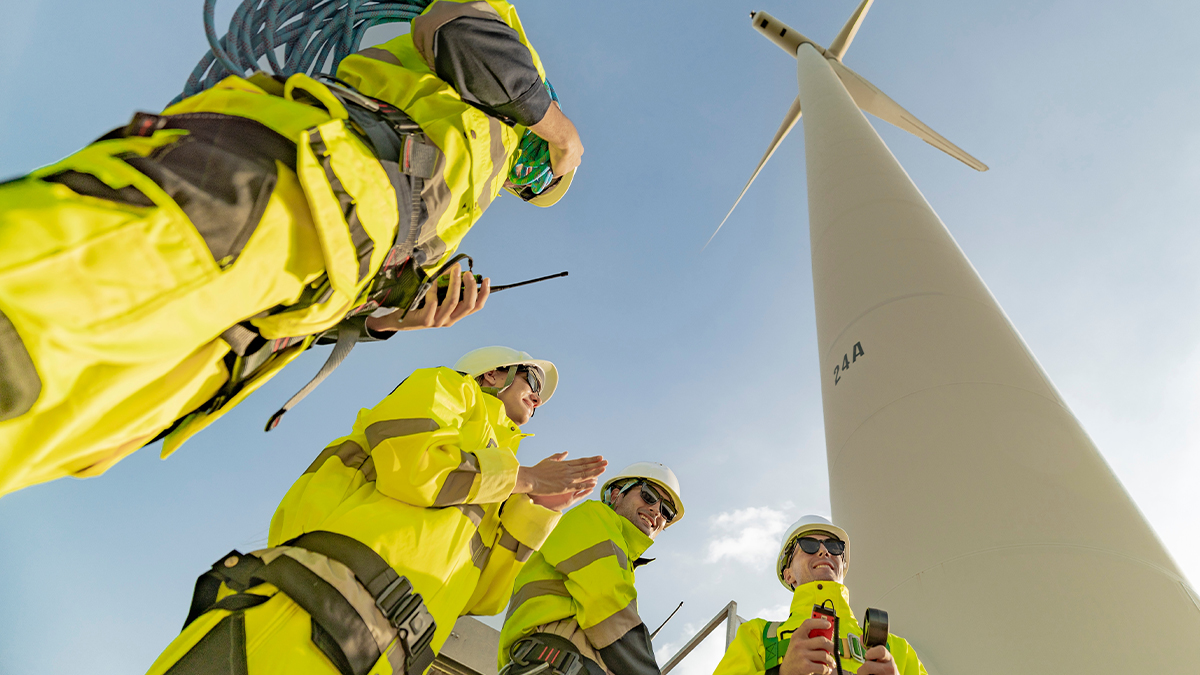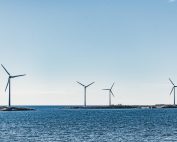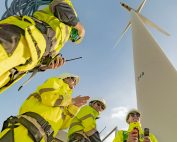The Swedish Society for Nature Conservation (Naturskyddsforeningen), the largest and oldest environmental association in Sweden, presented a report on the development of wind energy in Sweden. Wind energy has many advantages – it is competitive and has minimal impact on the climate. But a strong expansion of wind energy also means many difficult challenges, not only related to location, but also the environment – after all, renewable energy sources are developed for this purpose.
The organization indicates that the proper location of the wind farms means that they have a little impact on local biodiversity. An improperly selected location of onshore and offshore installations can have a negative impact on the environment, and even a very large one. Experts argue that this energy sector can be expanded, but at the same time ensuring that the expansion is sustainable and does not affect animals and nature. A safe expansion of wind energy is one if it is not implemented in the most sensitive places or does not involve the fragmentation of valuable habitats and the loss of habitats of sensitive species. The organization estimates that wind energy production (onshore and offshore wind) can be increased from the current 27 TWh to 130 TWh in areas deemed by the company to be suitable for their installation.
The Swedish Society for Nature Conservation estimates that 90 TWh of wind energy produced in Sweden until 2040 is a realistic scenario. Germany has an installed capacity of 50 GW in wind energy, which means a density of 140 kW / km2. In Sweden, this figure is 20 kW / km2.
Offshore wind energy accounts for 3 percent of installed wind energy capacity in Sweden. In 2018, the installations produced 0.6 TWh of energy. The potential for offshore wind energy is large, especially in the south of Sweden. Socioeconomically speaking, it is better to build new wind turbines in southern Sweden as electricity production is closer to electricity consumers. The expansion of the transmission network – including the offshore network – may be a challenge.
Offshore wind energy is generally built in relatively shallow areas that often have high natural values. Several offshore wind farms in Sweden are planned in waters between 5 and 40 meters deep. These areas often have a unique and rich marine environment, in particular of great importance to seabirds in search of food.
The Swedish Society for Nature Conservation also states that wind energy development must always be done with respect for wildlife and important natural values. When developing them, measures should be taken to minimize damage to animals and nature, and where there is a risk of red listed species, the development of wind turbines should not be allowed.
At the same time, the report shows that offshore wind energy can have a positive impact on wildlife, including the local environment. Sometimes it can act as protection for benthic habitats, animals, fish and marine mammals. Wind turbines can act as artificial reefs that increase local biodiversity and attract fish. For example, it has been shown that cod which is threatened in many places likes to seek shelter and food on wind farms. By prohibiting bottom trawling, which is common in and around offshore wind farms, wind farms can also provide protection for both fish and seabed species.
“One example is that offshore wind energy can create reef structures that become a feeding ground for fish, while preventing bottom trawling with its significant negative consequences,” said Johanna Sandahl, president of the Swedish Society for Nature Conservation.
Source: Swedish Society for Nature Conservation/Svea Wind













